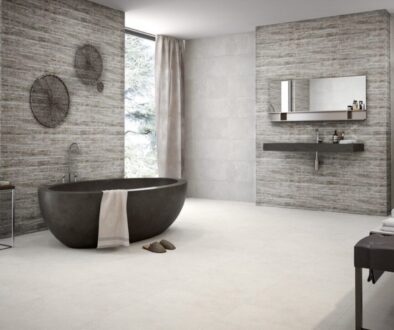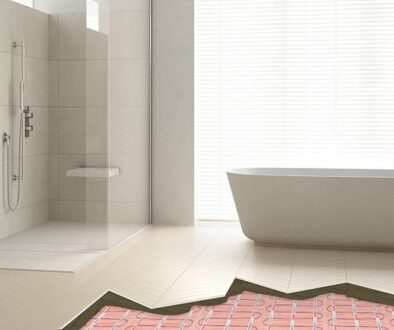Why should you utilize an electric-heated floor system?
Electric-heated floor systems are commonly utilized in regions of the home where a standard heating system, such as an HVAC unit, cannot reach or on surfaces that are ordinarily cool to the touch. These use radiant heating, which is comparable to how you can feel when the burner is turned on even if you’re across the room. The concept is simple: rather than having a forced-air vent in a room that determines which portion of the room is the warmest, radiant heat on the floor may warm the entire space uniformly.
Because you’re barefoot most of the time in the bathroom, electric-heated floor systems are common. And who wants to step out of a hot shower onto a shivering chilly floor? Because it is practically impossible to retrofit an electric-heated floor system into an existing floor, a new floor must almost always be built over the heating system.
Radiant floor heating is not a novel concept. It truly dates back to ancient Rome, where a system of tunnels beneath the elevated marble floors of certain buildings circulated air heated by fires. However, it has gone a long way since then.
To heat a floor electrically, thin cables are put beneath the floor’s surface. These cables are bundled in mats that roll out easily across the subfloor in some systems. Individual wires are spaced and fastened directly to the subfloor in others. If your flooring has an underlayment, the heating elements will be installed on top of it. Heat is produced in both circumstances as an electrical charge that flows across these wires.




